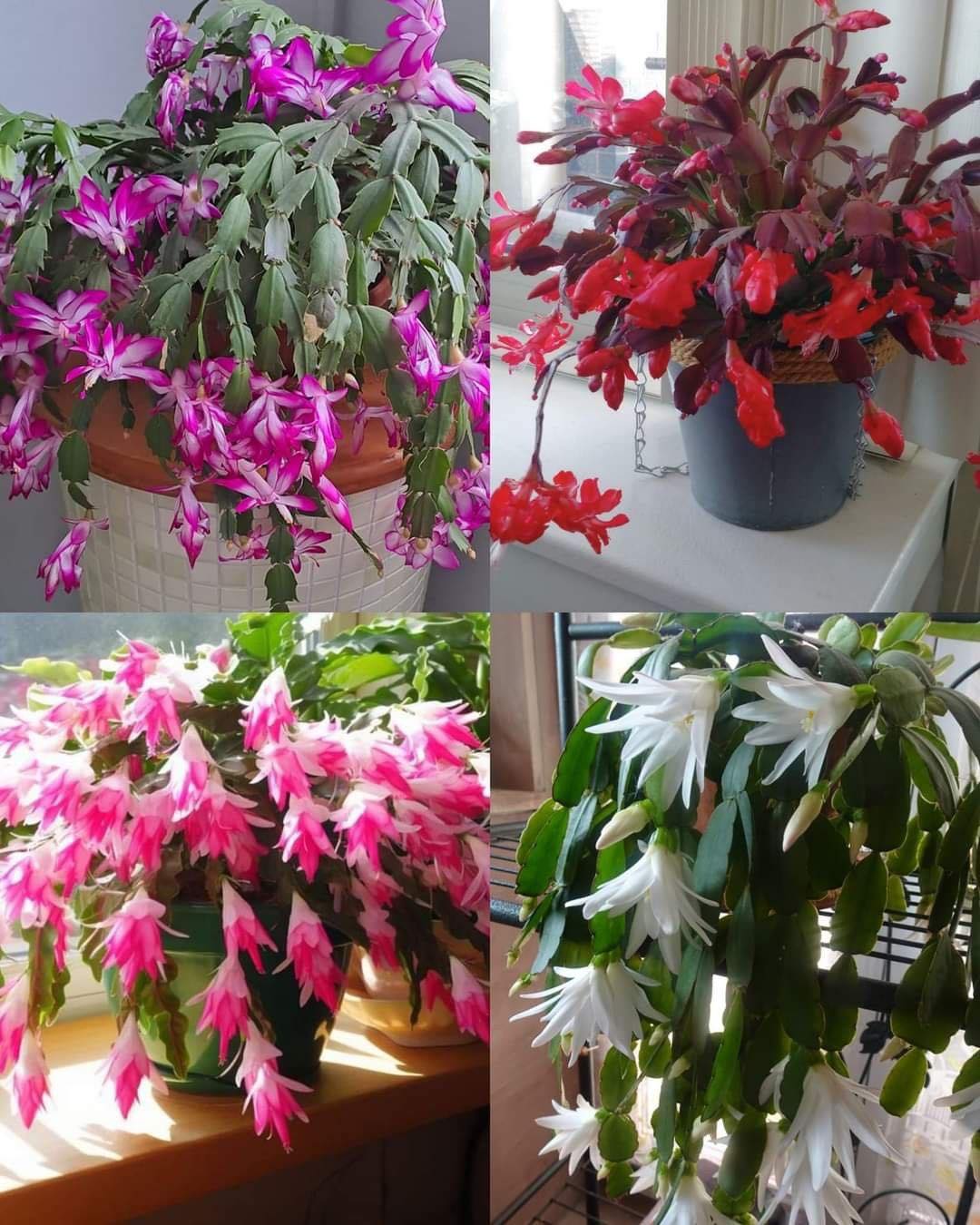In this process, you expose your Christmas Cactus to mild electrical currents.
For this, purchase a plant electrostimulator designed for horticultural use. Always wear rubber gloves to protect yourself from any electrical currents. Attach the electrodes to the base of the plant according to the instructions of the manufacturer.
Use low current settings initially (around 50-100 μA) and gradually increase based on plant response. Keep each electrostimulation session between 15 to 30 minutes.
Perform once a week initially and adjust based on the response of the plant.
It is best used during the vegetative growth stage to encourage bushiness.
Product You Can Purchase
ILSAGRO Plant Electrostimulation (specifically designed for agricultural and horticultural use)
Science Behind It
Electrostimulation is believed to encourage cell division and growth. It mimics the natural electrical signals of the plant for intracellular communication. The experimental technique has shown potential in enhancing nutrient absorption and overall growth in some crops.
Supporting Researches
This study by Frontiers proves that electrostimulation is an innovative and efficient way to increase plant growth.
A research paper also discusses the importance of it.
This research by the School of Life Sciences, Yunnan Normal University, China, also proves that electrical stimulation could boost seed germination, seedling growth, and plant thermotolerance improvement.
6. Sequential Pruning
Instead of the usual one-time pruning, how about you try a sequential pruning? In this, you have to prune a few stems over an extended period.
Get a pair of sharp, sterilized pruning shears to ensure clean cuts and reduce disease risk. Water the plant a day before pruning to ensure that it is well-hydrated. Start by pruning 5-8% of the oldest parts. Cut just above a segment joint.
Allow the plant an 8-10 days rest period to recover and redistribute the growth energy to the remaining stems.
After the rest period, prune another set of stems and focus on those that look weak or leggy. Avoid cutting parts that are near the sections that were pruned initially.
Continue this pattern every two weeks until you’ve pruned most of the stems you intended to cut back. Monitor the new growth and overall health of the plant, adjusting your technique as needed.
Sequential pruning can be done about a month after the plant stops flowering. This allows it to focus on new growth during the next active growth season.
Science Behind It
The idea behind sequential pruning is to allow the plant to redirect its energy toward fewer stems at a time. In a typical pruning scenario, the plant might be stressed by a sudden loss of a large portion of its growth, but sequential pruning minimizes this stress.
This allows the plant to focus its energy more effectively, which leads to a bushier growth pattern with thicker stems and potentially more blooms.
It reduces the risk of the diseases, as there are fewer open wounds at any time. This can result in a healthier, more robust plant over the long term.
Supporting Researches
A great study shows its importance.
Research by the Hunan Agricultural University, College of Horticulture, China, also states that light and heavy cutting could both obtain a larger number of flowers along with enhanced plant growth.
7. Propagating Cuttings in the Same Pot for Fullness
Propagating cuttings in the same pot efficiently achieves a fuller, bushier appearance for Christmas cactus!
Planting multiple cuttings in the same pot increases the number of growing points. More growing points lead to more branches and a fuller appearance. Multiple cuttings can cover the soil surface more quickly.
A faster-growing canopy keeps the soil moist, benefiting the overall health of the cactus.
How to Do It
Space the cuttings evenly to allow adequate room for growth and prevent overcrowding. For an exceptionally bushy look, consider clustering 3-4 cuttings together at different points in the pot.
ADVERTISEMENT

